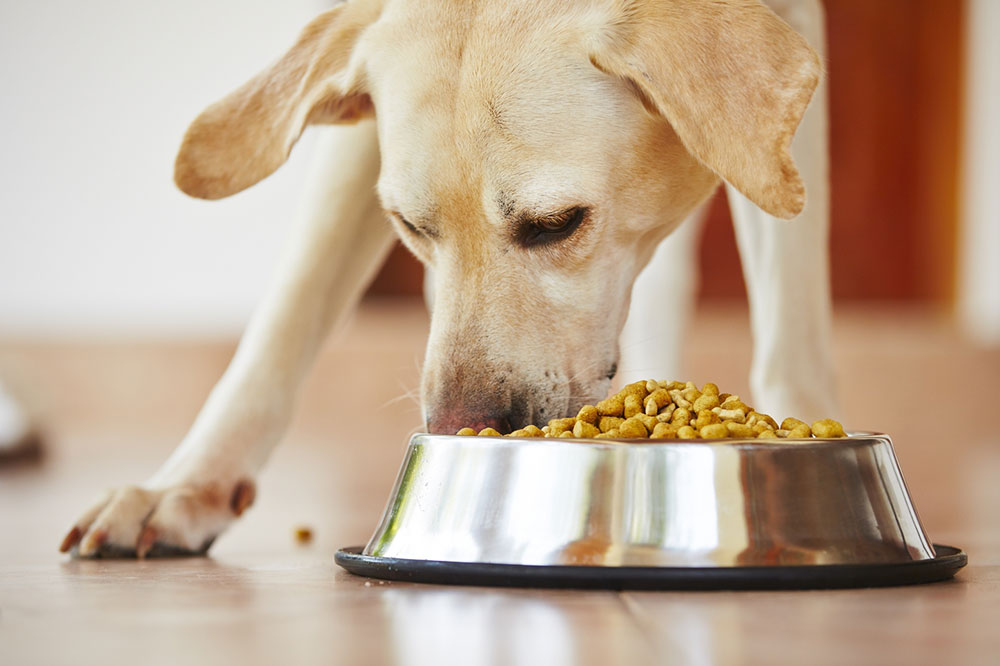
Common Signs of Food Allergies in Dogs
Your furry companion is a prime source of your happiness, and the bond you share is indeed a special one. Hence, it’s no surprise that you want to feed your dog only the best meals and treats. However, the possibilities of adverse reactions and food allergies in dogs is more common than you think.
While some symptoms are obvious, other symptoms are more subtle and not noticeable until they worsen. However, a close observation will help you recognize them before they cause severe discomfort for your dog. The most common types of food allergies in dogs discussed here can help you take the necessary precautions before feeding your dog:
1. Gastrointestinal symptoms
Very often, a food allergy in your dog shows various symptoms related to the gastrointestinal tract. Any food allergy affects the digestive system and causes abdominal pain and discomfort, including vomiting and diarrhea with or without blood or mucus. Difficulty to pass stools and sudden weight loss are two other common symptoms of food allergies in dogs. However, in rare cases, your dog can also experience breathing problems, along with nasal congestion and discharge. Food allergies can also affect your dog’s nervous system, and it may also experience seizures. Watch out for the frequency and color of your dog’s urine, since it can suffer from secondary urinary tract infection (UTI).
2. Behavioral symptoms
Food allergies in dogs also show a range of behaviors that are both common and rare. Some of these include restlessness, irritability, scratching the body frequently, vigorously shaking or scratching the ears, refusing to eat (even their favorite food), not engaging in regular activities, hyperactivity, lack of energy, and aggression.
3. Dermal symptoms
While gastrointestinal disorders are common, your dog can also show signs of skin allergies caused by a reaction to certain foods. Food allergies and sensitivities can cause itchy skin around the ears, paws, and tail. The dog’s feet, lips, and skin may even become pink with inflammation. It’s often an indication of yeast colonization that occurs due to a food allergy. The jowls and toes can also become inflamed, and the dog might feel itchy often. Food allergies in dogs can also lead to their underbelly turning red or pink. It may become inflamed, and there may even be significant hair loss in the area. Its coat may become dull as well, and the dog may not find relief in baths or over-the-counter (OTC) allergy medications. Apart from these symptoms, like humans, dogs can also develop watery eyes due to food allergies. Sometimes, your dog may even undergo hay fever and experience itchy eyes. This can be accompanied by dermatitis and even a stuffy nose that may cause quite a lot of discomfort to your dog.
If your dog exhibits any of the above-mentioned symptoms, then it is highly important that you take it to the vet for an immediate check-up.


